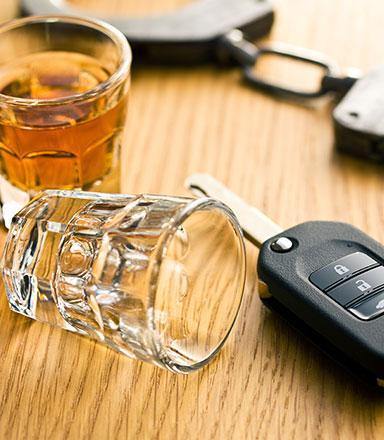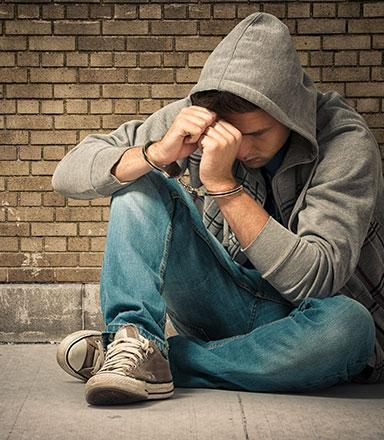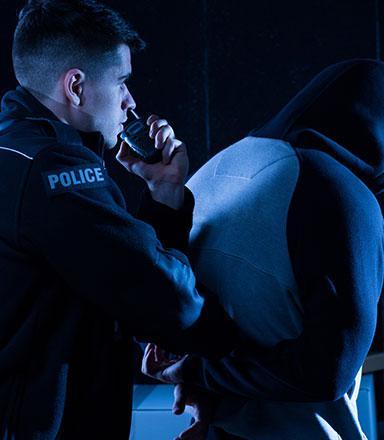The Criminal Act of Graffiti
 As children, we are encouraged to explore our creative side. From early on we are applauded for each moment of artistic ability, even if at three years old it does not look like much. In elementary school, our teachers shower us with praise and our parents proudly display our artwork on the refrigerator and throughout the house and office. In our early teens, that creative artistic ability is not easily suppressed. Unfortunately, once the artwork is on someone else’s property, criminal mischief and vandalism charges become likely.
As children, we are encouraged to explore our creative side. From early on we are applauded for each moment of artistic ability, even if at three years old it does not look like much. In elementary school, our teachers shower us with praise and our parents proudly display our artwork on the refrigerator and throughout the house and office. In our early teens, that creative artistic ability is not easily suppressed. Unfortunately, once the artwork is on someone else’s property, criminal mischief and vandalism charges become likely.
How Is Art a Crime?
Graffiti is any marking, such as initials, slogans, declarations of love, or drawings on public or private property not belonging to the artist. Graffiti can be something written in marker, sprayed on with spray paint, or even carved using sharp objects. Graffiti is often associated with gang presence however it is in no way limited to this population. Individuals from all walks of life have been found guilty. Although a single “tag” does not cause significant concern, where one piece of graffiti is visible, more are likely to follow. The “artwork” found on the sides of buildings, trains, and bridges costs approximately $12 billion dollars annually to clean throughout the United States.
The Charges
Graffiti is a form of vandalism and the charge is criminal mischief. There are varying degrees of criminal mischief under Connecticut laws, taking into account the seriousness of the damage and the intention behind the incident. As the cost to repair the property increases, so do the potential punishments. For instance, if your child faces charges of 1st-degree criminal mischief, a Class D felony, the damage totals to over $1,500.00. Additional behavior that may result in these most severe of charges includes damage to public utilities, smoke alarms, fire alarms, or other public safety equipment. If convicted, the potential penalties are one to five years in prison as well as fines up to $5,000.00.
Protect Your Child’s Future
If you child is facing these charges, it is important to establish communication with an experienced attorney. Regardless of guilt, depending on the situation, strategic defensive options may be available to protect the future of your child. Mr. Weiner will work with judges and probation officers to avoid adult criminal punishments, emphasizing intervention and rehabilitation to give your child a second chance for their future. If you are interested in exploring these alternatives with a Stamford, CT juvenile defense attorney, contact the Law Offices of Daniel P. Wiener today at 203-348-5846 to take advantage of your risk-free initial consultation.
Sources:
https://www.cga.ct.gov/2001/pub/Chap815t.htm
https://www.jud.ct.gov/external/news/JuvenileJustPlan/CJJ_StrategicPlan.pdf
https://www.cga.ct.gov/2005/act/Pa/2005PA-00234-R00HB-05750-PA.htm







